L
lady
Guest
Not sure if this is the right section for this. I need a critique.
I've taken some photos that I consider to be excellent and others that I just sit there wondering how I could have screwed up so bad. I'm not a professional, just someone who likes taking pictures of things, but I would like to be able to make each picture look crisp, clear, and rich in color. I shoot manual. I just don't know what I'm doing wrong here so I'm coming to you guys. I have a 50mm f/1.4 and the 17-40mm f/4L.
Almost all of my photos have the exif data available on flickr, I'm just posting some examples here.
http://www.flickr.com/photos/kreebby
This one feels incredibly "dull" to me. I did very little post processing (changed the white balance) afterward and just uploaded it to deal with it. I can't figure out why it seems dull.
http://www.flickr.com/photos/kreebby/6883229995/#in/photostream/
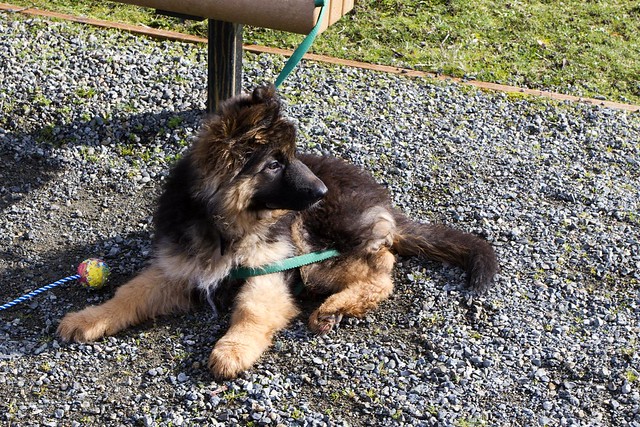
In this one I want his coat to pop out and be more defined, but he's almost invisible compared to the ducks in the background.
http://www.flickr.com/photos/kreebby/6883198981/#in/photostream/
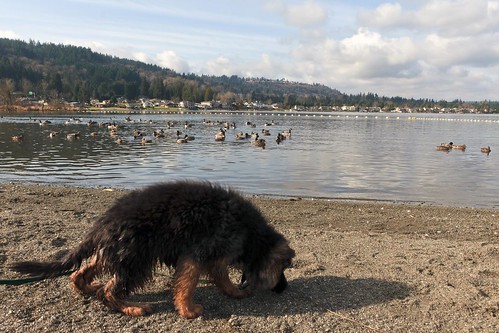
Again, really "dull".
http://www.flickr.com/photos/kreebby/6832025137/#in/photostream/
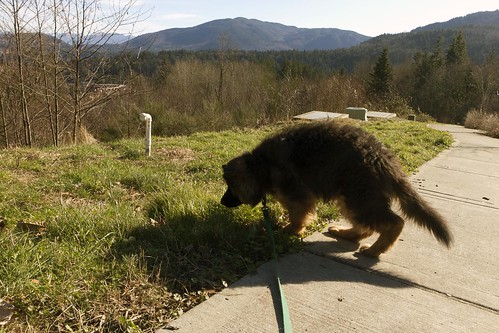
Another dull one:
http://www.flickr.com/photos/kreebby/6854830319/#in/photostream
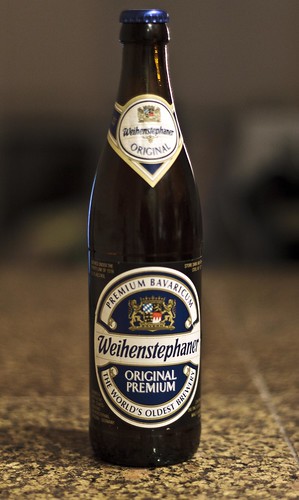
Here are some examples of photos that turned out well for me:
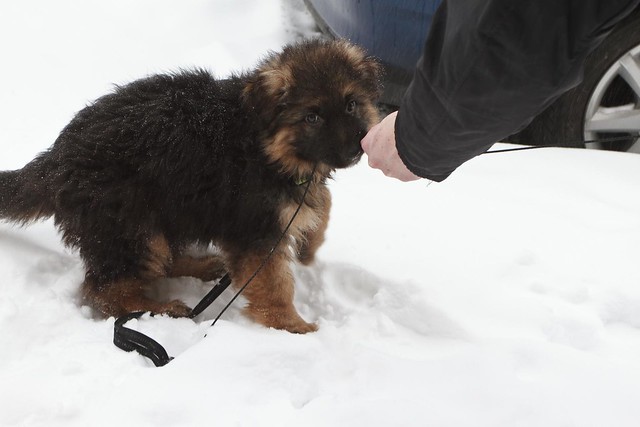


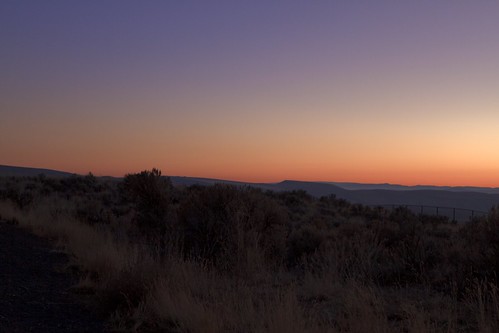
This one was shot in bright daylight, I changed the aperture and shutter speed to make it look like it was dark:

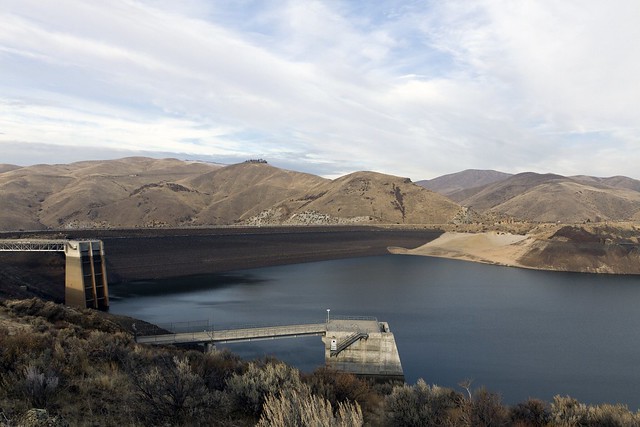

It seems like the biggest problem I have is shooting specific objects. I'm pretty decent at shooting scenes, but whenever I have a person or an animal that's supposed to be front and center I falter. Any tips for this?
I've taken some photos that I consider to be excellent and others that I just sit there wondering how I could have screwed up so bad. I'm not a professional, just someone who likes taking pictures of things, but I would like to be able to make each picture look crisp, clear, and rich in color. I shoot manual. I just don't know what I'm doing wrong here so I'm coming to you guys. I have a 50mm f/1.4 and the 17-40mm f/4L.
Almost all of my photos have the exif data available on flickr, I'm just posting some examples here.
http://www.flickr.com/photos/kreebby
This one feels incredibly "dull" to me. I did very little post processing (changed the white balance) afterward and just uploaded it to deal with it. I can't figure out why it seems dull.
http://www.flickr.com/photos/kreebby/6883229995/#in/photostream/

In this one I want his coat to pop out and be more defined, but he's almost invisible compared to the ducks in the background.
http://www.flickr.com/photos/kreebby/6883198981/#in/photostream/

Again, really "dull".
http://www.flickr.com/photos/kreebby/6832025137/#in/photostream/

Another dull one:
http://www.flickr.com/photos/kreebby/6854830319/#in/photostream

Here are some examples of photos that turned out well for me:




This one was shot in bright daylight, I changed the aperture and shutter speed to make it look like it was dark:



It seems like the biggest problem I have is shooting specific objects. I'm pretty decent at shooting scenes, but whenever I have a person or an animal that's supposed to be front and center I falter. Any tips for this?
